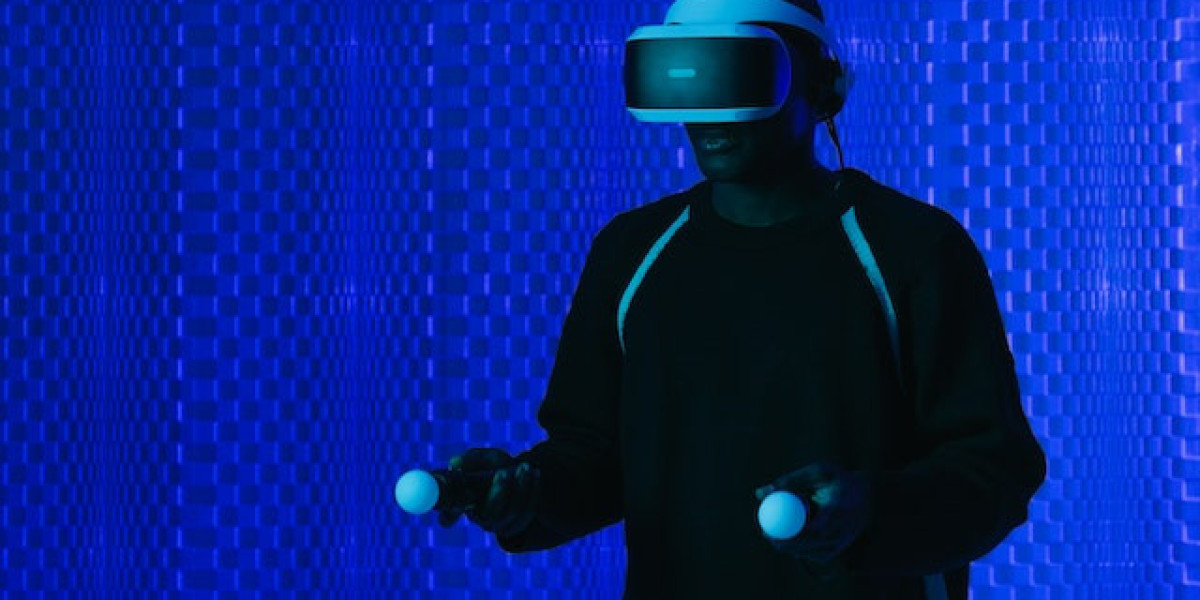Virtual Reality (VR) has revolutionized the way we interact with technology, opening up a world of limitless possibilities and immersive experiences. With VR, we can transcend the boundaries of our physical reality and dive into captivating virtual worlds, where we can explore, create, and engage like never before. In this article, we will delve into the fascinating realm of Virtual Reality, exploring its applications across various industries, its impact on entertainment and gaming, and its potential to transform education and training. Join us as we embark on a journey into the captivating world of VR and discover the incredible potential it holds for the future.
Understanding Virtual Reality:
Virtual Reality is a computer-generated simulation of an environment that can be experienced and interacted with by an individual. It creates a sense of presence, transporting users into a digital realm that feels real and immersive. VR achieves this by combining high-quality visuals, realistic audio, and interactive elements. Users typically wear a VR headset that covers their eyes and ears, blocking out the real world and replacing it with a virtual one. Some VR systems also include handheld controllers or sensors that enable users to interact with the virtual environment.
Applications of Virtual Reality:
Virtual Reality has found numerous applications across various industries. In entertainment and gaming, VR offers immersive experiences that transport users into fantastical worlds, allowing them to explore, interact, and even participate in thrilling adventures. Virtual Tourism has also gained popularity, enabling people to visit remote locations, historical sites, or even fictional realms without leaving their homes. VR has also made its mark in architecture and design, allowing professionals to visualize and experience architectural concepts in a virtual space, enhancing the design process and aiding in client presentations.
Education and Training in Virtual Reality:
One of the most promising applications of VR is in the field of education and training. Simulated learning environments created in VR provide students with hands-on experiences that are difficult to replicate in traditional classrooms. For example, medical students can practice surgeries in a realistic virtual environment, allowing them to develop their skills and knowledge before working with real patients. VR also offers a safe space for training in high-risk industries like aviation and emergency response, where mistakes can have serious consequences. By immersing learners in realistic scenarios, VR enhances engagement and knowledge retention.
Conclusion:
Virtual Reality has ushered in a new era of immersive experiences, bridging the gap between the physical and digital worlds. Whether in entertainment, education, or various industries, VR offers endless possibilities for exploration, creativity, and learning. As technology continues to advance, we can expect VR to become even more sophisticated, delivering increasingly realistic and interactive experiences. With its transformative potential, Virtual Reality is shaping the way we engage with technology and opening up doors to uncharted realms of possibility. So, put on your headset, step into the virtual world, and prepare to be amazed by the wonders of Virtual Reality.



